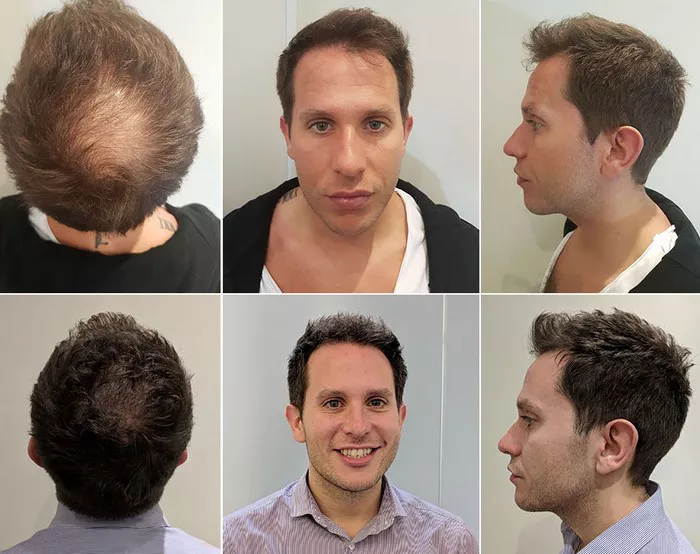A hair transplant is a significant investment in one’s appearance and confidence. As individuals undergo the procedure to regain a fuller head of hair, questions often arise about post-operative care and lifestyle adjustments. One common query is whether it is safe to wear a beanie hat after a hair transplant. In this article, we will explore the factors to consider and provide guidance on when and how to safely incorporate a beanie into your post-transplant routine.
Understanding the Healing Process
Before delving into the specifics of wearing a beanie after a hair transplant, it’s essential to understand the healing process. In the days and weeks following the procedure, the newly transplanted hair grafts require time to establish themselves in their new location. During this period, it is crucial to follow the surgeon’s guidelines to promote optimal healing and minimize the risk of complications.
Post-Transplant Care Recommendations
Most hair transplant surgeons provide detailed post-operative care instructions to their patients. These guidelines typically include recommendations on washing the hair, avoiding strenuous activities, and refraining from touching or manipulating the transplanted area. Patients are advised to follow these instructions diligently to ensure the success of the transplant and achieve the desired results.
When Can You Wear a Beanie?
The timeline for safely wearing a beanie after a hair transplant varies among individuals and depends on the specific instructions provided by the surgeon. In general, patients are often advised to avoid covering the transplanted area with any tight or restrictive headwear during the initial days following the procedure. This is to prevent unnecessary pressure on the grafts and allow them to settle securely into the scalp.
Typically, surgeons recommend waiting at least a week before considering the use of headwear like a beanie. However, it’s crucial to consult with your surgeon for personalized advice based on your unique healing process.
Choosing the Right Beanie
Once you receive the green light from your surgeon to wear a beanie, it’s essential to choose the right type of headwear. Opt for a loose-fitting beanie made from soft and breathable materials. Avoid tight or stretchy beanies that may exert pressure on the newly transplanted grafts, potentially compromising their survival.
Look for beanies that allow proper airflow to the scalp, preventing overheating and promoting a healthy healing environment. Consider beanies with a smooth interior lining to minimize friction against the transplanted area.
Wearing the Beanie Safely
When incorporating a beanie into your post-transplant routine, follow these guidelines to ensure a safe and comfortable experience:
Gently place the beanie: Avoid pulling or tugging on the beanie when putting it on. Gently place it on your head without disturbing the transplanted grafts.
Loosen the beanie: Ensure that the beanie is not too tight. It should sit comfortably on your head without exerting pressure on the transplanted area.
Limit the duration: While it’s generally safe to wear a beanie after the initial healing period, it’s advisable to limit the duration of use. Extended periods of wearing any headwear may lead to increased heat and moisture, potentially affecting the healing process.
Choose the right time: Consider wearing the beanie when you are indoors or in a controlled environment where you can monitor the conditions. Avoid wearing it during strenuous activities or in situations where excessive sweating is likely.
See Also: The Pain Levels in Bosley Hair Transplant: A Complete Overview
Conclusion
In conclusion, wearing a beanie after a hair transplant is generally permissible once the initial healing phase is complete. However, it’s crucial to follow the guidance provided by your surgeon and exercise caution to ensure the success of the transplant. Choose a loose-fitting and breathable beanie, and be mindful of the duration and circumstances in which you wear it. By prioritizing the health and well-being of your newly transplanted hair, you can enjoy the benefits of a successful procedure and the confidence that comes with a fuller head of hair.


